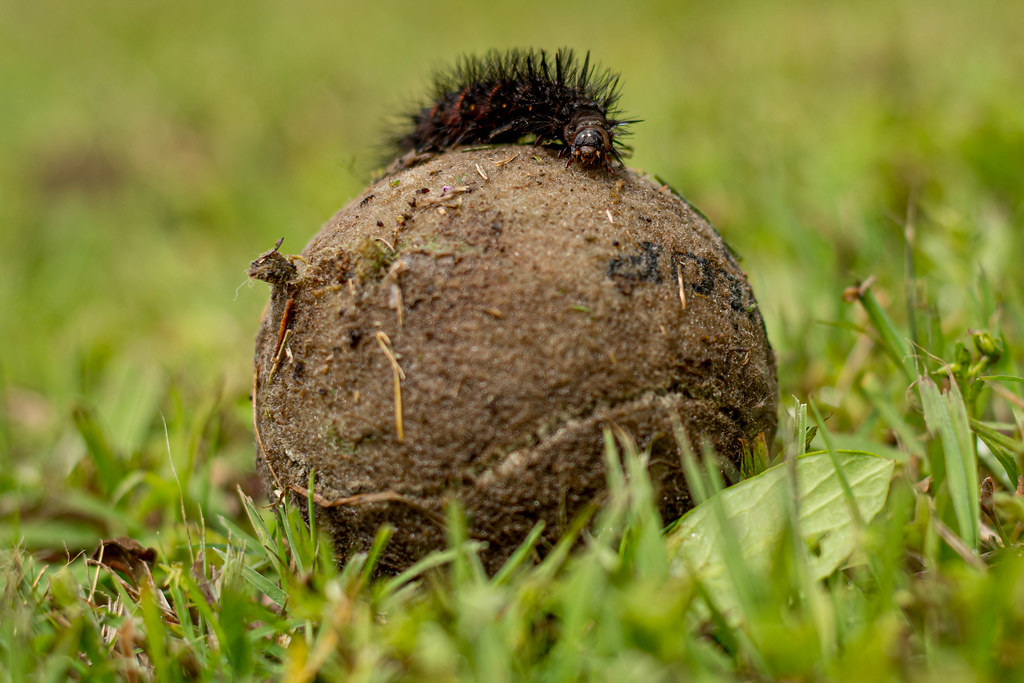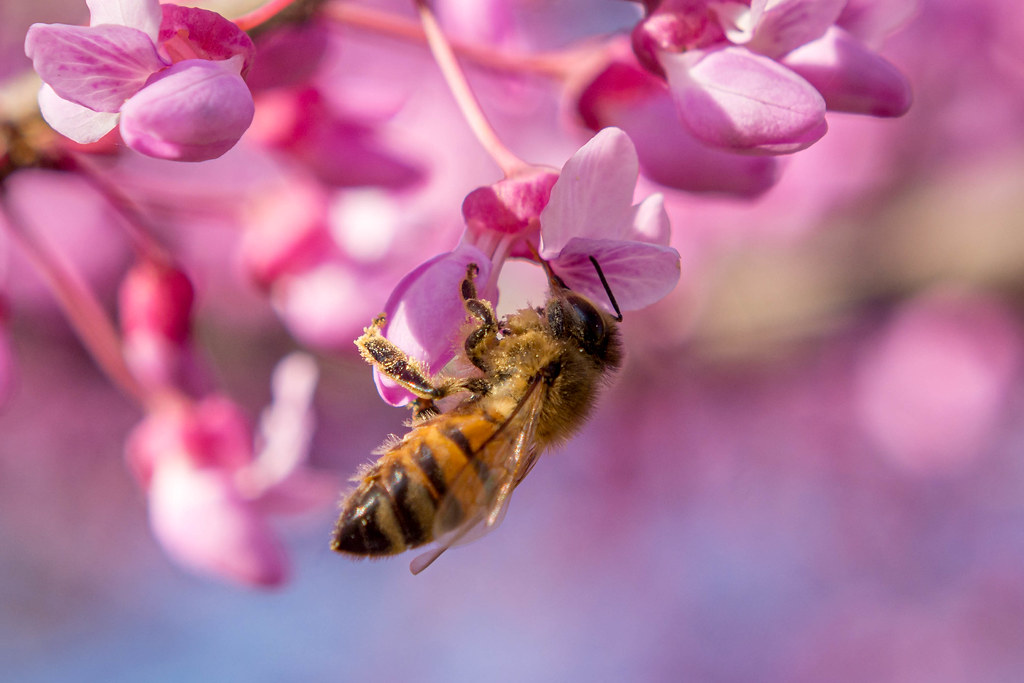
“The moon is supposed to be really good tonight,” my wife said as we were getting ready to put the kids to bed. I stepped out on the back porch to check, but the white ball that governs the night was still below the horizon as the sun was beginning its final descent for the day so there wasn’t really a whole lot to see. Fast forward to about 8pm and my wife and I were standing out in the front yard looking at the brilliant ball of light poking over the treetops as dusk transitioned to twilight. She was right–it was a gorgeous full moon, the kind that you only get to see a few times a year, and combined with the mild weather it was one of those evenings you just hate to let slip by. I ran inside, grabbed my Nikon D500 and 70-200 f/2.8 lens, and went back to get some shots.
A few minutes later I found myself halfway down the street in search of a good vantage point from which to take a photo of our little celestial brother but it seemed like I just couldn’t get a good shot without power lines or trees in the way. I was able to get a couple, sure, but nothing that really stood out to me. It was a fun experience though, and after a few minutes I walked back to our house where my wife and my oldest son were in the driveway looking at the moon. He was in his jammies and should have been in bed, but my wife said he could stay up and see the moon. He even had his little pocket camera with him to take a few shots of his own.
I told my wife that I wasn’t able to get a great photo and she mentioned I could try shooting from the vacant lot down the road. I hadn’t thought about that so I quickly ran inside, got my license, and hopped into the car. As I was pulling out the driveway I motioned to my son to get in with me, and that’s what made this little picture opportunity way more special than it would have been otherwise.
The two of us, me in a pair of old flip flops and he in his pajamas, high-tailed it down to the lot. We parked the car and ran into the field, our cameras in tow, excitedly talking about where to shoot from and sharing the back of our camera screens with each other. I forget the exact exposure values I used, but I dialed in a -3EV exposure compensation to get the moon just right without overexposing, knowing I could adjust the shadows in Lightroom afterwards. I really like how the moon is shrouded in a veil of clouds and framed by leaves and branches, but the best part of this picture was the impromptu opportunity I got to have with my son. You can take all the pictures you want, but it’s moments like these which elevate them to something really special.



